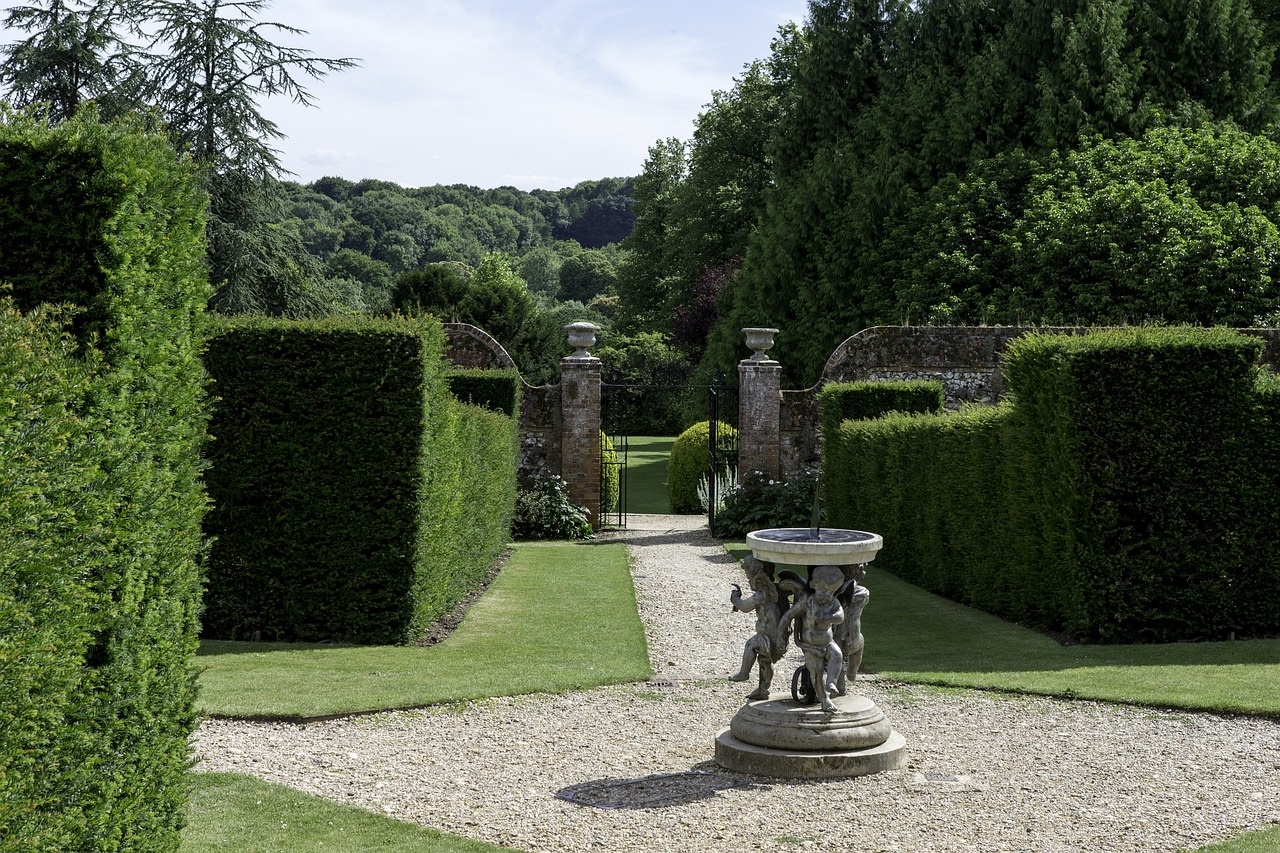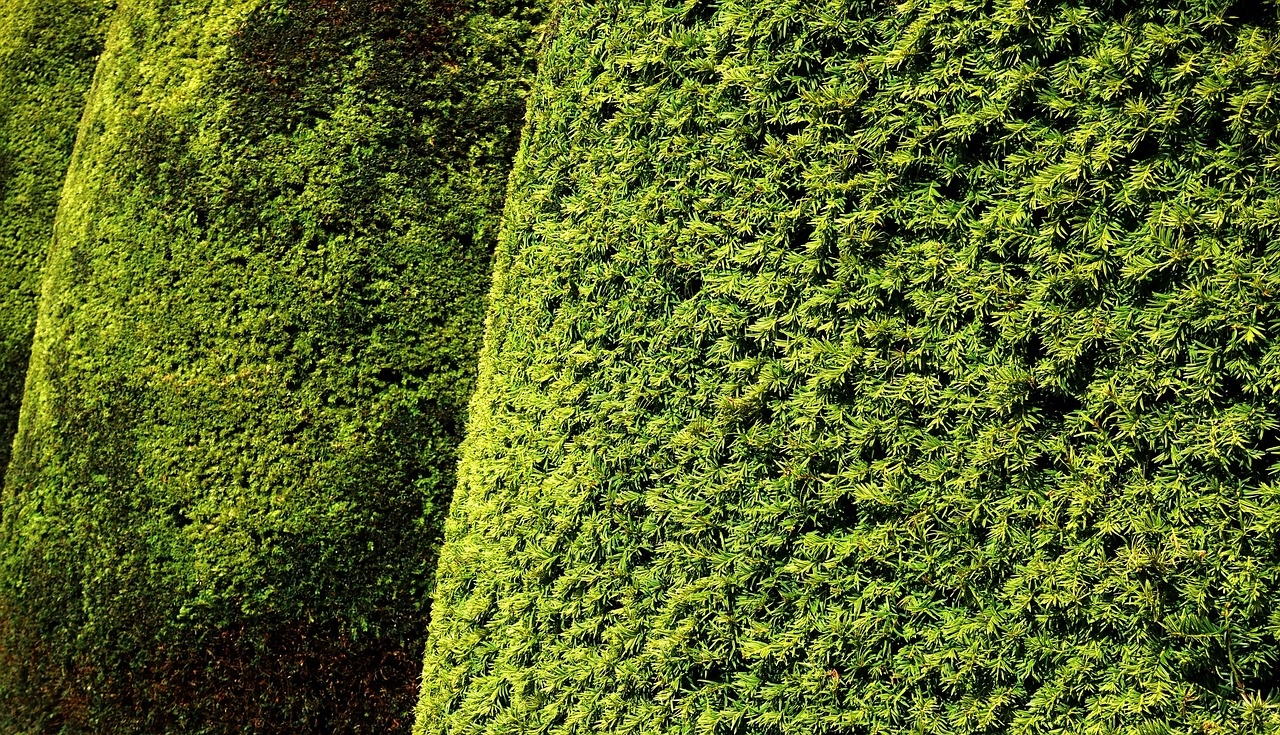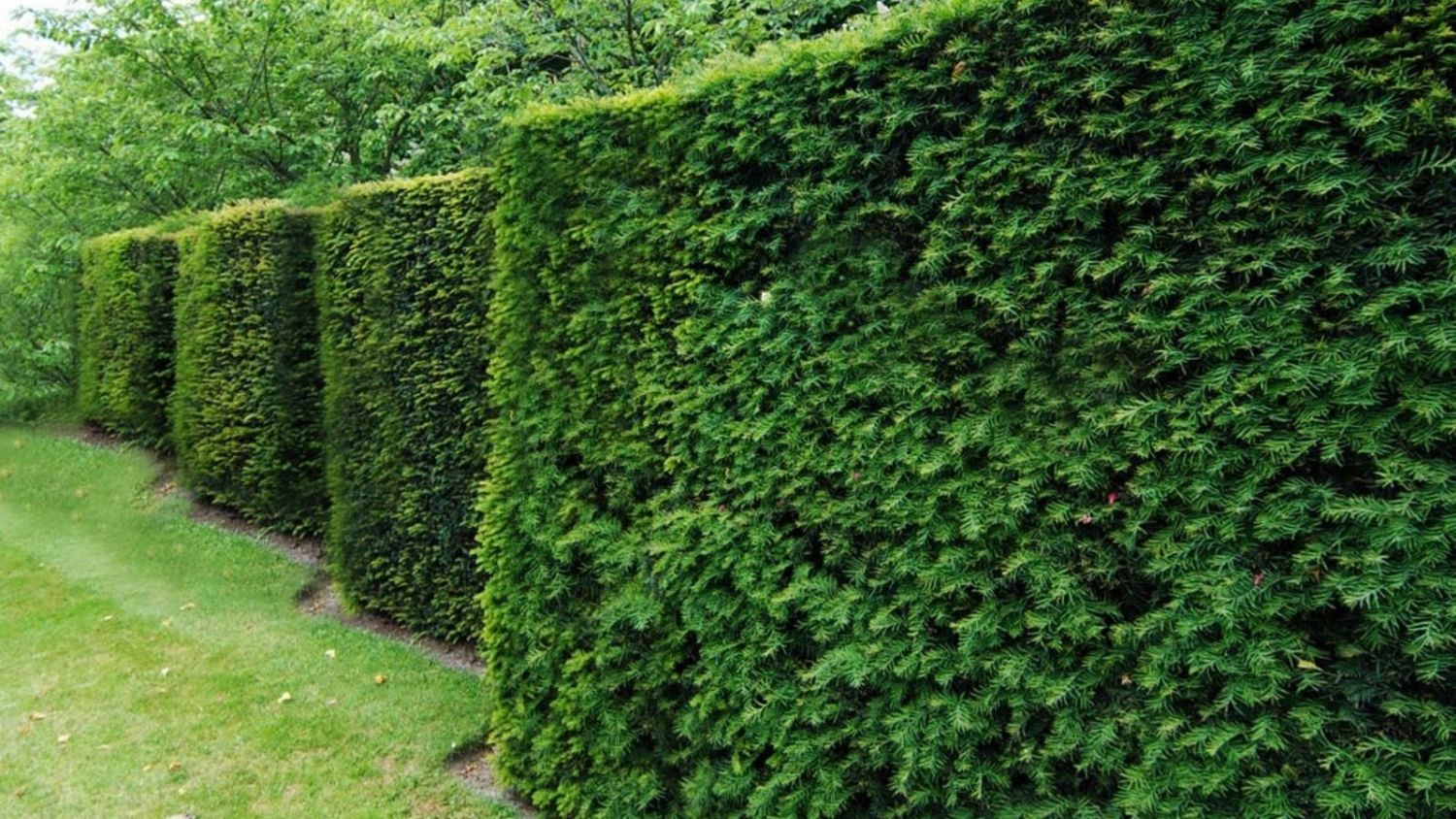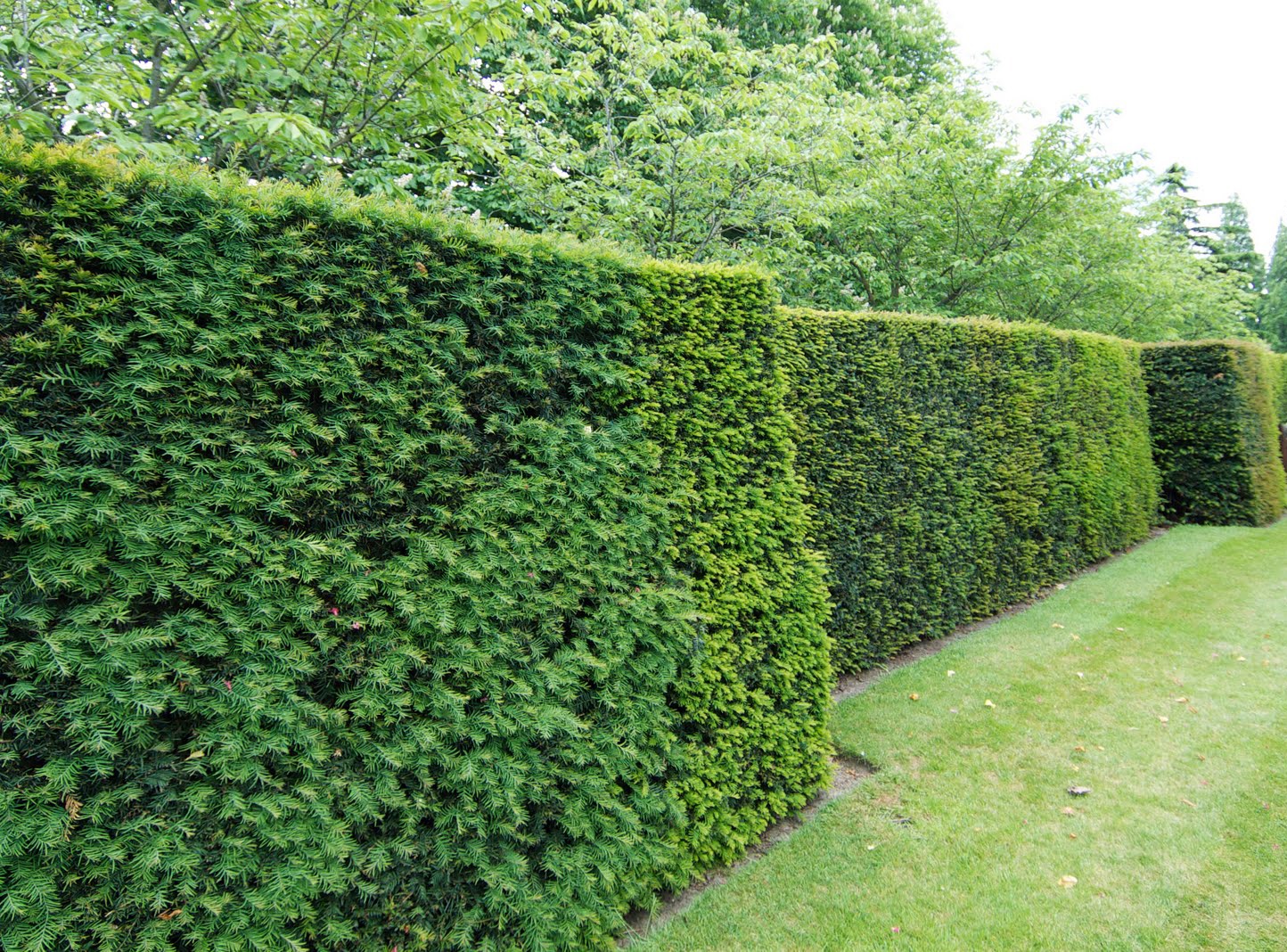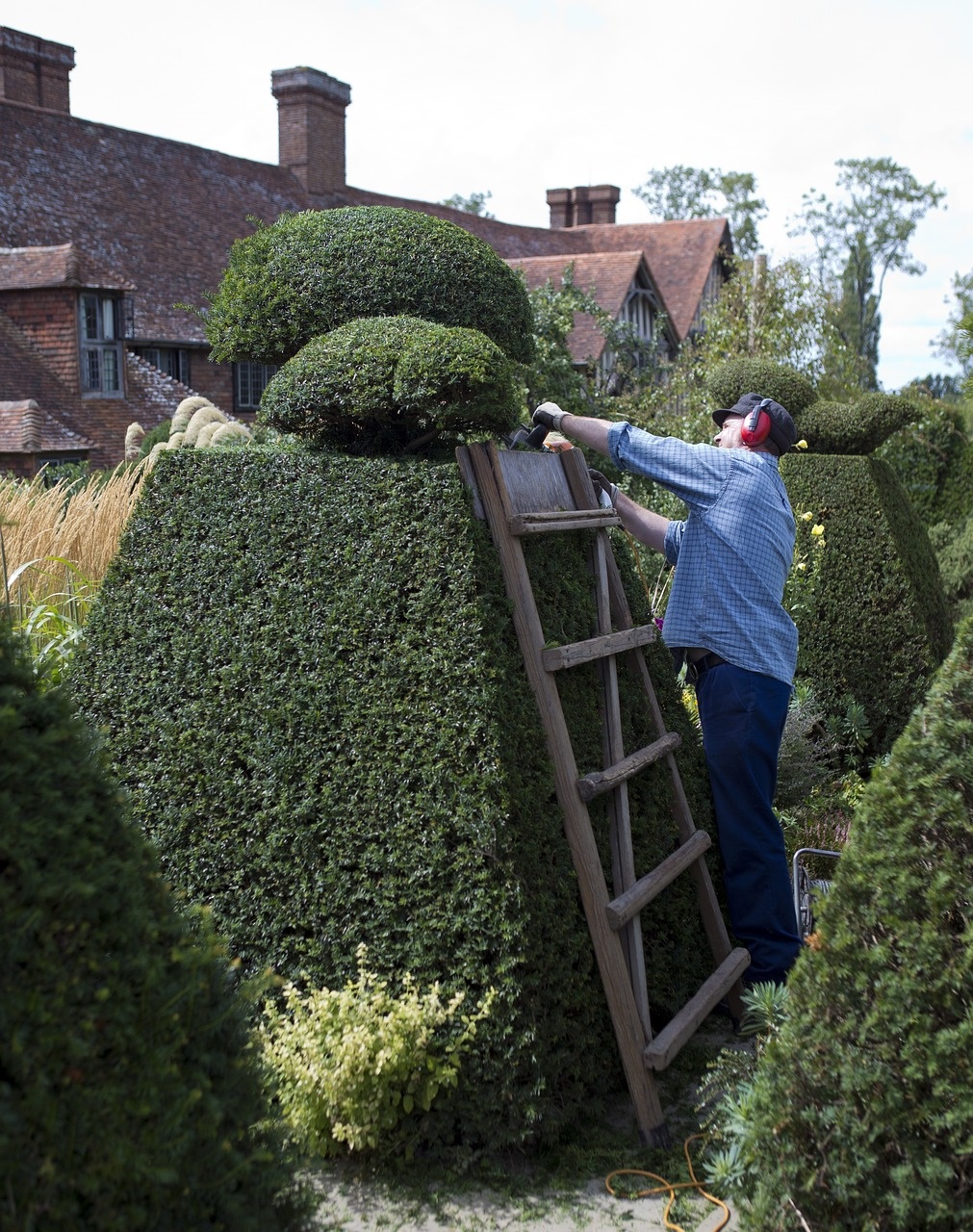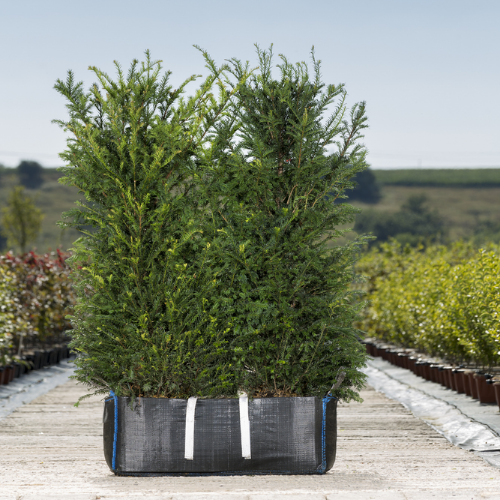How to Care for Yew (Taxus Baccata)
Symbol of Long life, rebirth and regeneration
The yew is one of the longest-lived native tree species in Britain and has been found near chapels, churches, and cemeteries since ancient times, revered as a symbol of long life, rebirth and regeneration.
It was held by the Druids as sacred in pre-Christian times. They no doubt observed the tree's qualities of longevity, and with its dense growth and red berry-like fruits also its qualities of providing valuable support, shelter and food for birds and insects..
Why Choose Yew?
First and foremost, Yew is easy to grow. It will grow well in almost every soil condition and will even grow in the shade.
Unlike Britain’s other native evergreens, the yew has a remarkable trait that it is able to regenerate itself by producing new roots from its centre. As the plant ages these roots grow down into the ground to feed and strengthen it prolonging its survival, and enabling it to continue life long after many other trees would have perished. With this exceptional quality, it is understandable that the yew is a popular choice for gardens around the UK, mainly used for hedging or clipped to form topiary. As a hedge, it forms a dense, evergreen sheltering screen along boundaries or the perfect, dark green backdrop to more colourful plants
Yew is a popular choice for formal gardens as it lends itself to shaping and clipping, making it ideal for hedging in any size garden as it can be regularly clipped to keep it within boundaries or left to grow to its full extent.
Yew is also very valuable to wildlife. When grown as a hedge, yew provides dense shelter for birds. Its fruit is eaten by birds and small mammals such as squirrels and dormice. Its leaves are a foodplant for the caterpillars, such as the Satin Beauty moth. What’s more, Yew hedges can form useful wildlife corridors, offering sheltered routes between gardens for wildlife such as hedgehogs.
How to Care for Yew (Taxus baccata)
Taxus is relatively easy to grow but it does have specific cultural requirements. Taxus requires well drained, fertile soil with neutral pH. It performs well in both sun and shade. It is frequently sheared into “tight” formal shapes. A more natural appearance is obtained if the plants are pruned, rather than sheared, in early spring and again in summer to maintain the desired form.
Planting
It is very important that good drainage is provided to prevent soil borne fungal root diseases. Prepare the soil by digging it over and mix in well-rotted manure or garden compost, and if necessary add horticultural grit to provide good drainage below the plants.
We recommend planting Yew in the autumn to give it the best start (late Oct-mid Dec) or spring (March) after the late frost. Water during dry periods in the first year, until established. It is essential that the root system does not dry out.
Yew grows well in containers and forms a stunning formal entrance displays on either side of a door. Remember that container plants require additional watering as the roots have much less soil to pick up moisture.
Planting Yew Hedge
Yew is a popular hedging plant that grows well in most soils and situations, forming a dense evergreen screen.
In our experience, bare root yew plants are not the best way to plant a hedge, unless you're prepared to wait a long time. If you have the time to wait, then bare root and rootball can produce a strong and healthy hedge.
However, in our experience planting fully rooted plants in pots, troughs or hedgebags will ensure the best results. Pot grown, Hedgebag and trough grown specimens have a fully developed and healthy root system, whereas bare root and rootball plants initially can have damaged root systems. Hence, unless great care is taken, Rootball and Bareroot plants are vulnerable to root disease, and have a significant failure rate because their roots have been cut. They are never as healthy as pot, trough or Hedgebag plants.
Pot and trough/Hedgebag grown ones offer the additional advantage that they can also be planted at any time of the year, whereas bare root and rootball are also only available during a very limited part of the year over late Autumn to March.
Excellent drainage is key to growing a successful Yew hedge. It will not tolerate waterlogged soil well, these conditions encourage root rot and an overall decline of the plant. The most common cause of decline and death of Taxus is excessive soil moisture. This condition usually occurs on heavy, clay soils, low areas where drainage is impeded or where excessive irrigation or runoff occurs. On wet sites, roots are more prone to disease caused by the fungus Phytophthora.
If you have heavy clay soil you can still grow a yew hedge by planting a ridge to keep the roots away from the saturated ground. You simple make a long mound, 15cm high and 1m wide, then allow the soil to settle before planting along the top. Cover the roots with 3cm of soil.
Watering
Yew plants require careful watering, especially in the dry summer months.
In the ground, Yew requires regular additional water in the first season until the roots have taken. One of the most important things to remember is that Yew does not like to have its roots in standing water, so free drainage is very important. This is achieved by good ground preparation, ensuring any waterlogged ground, or ground prone to flooding, has drainage installed before planting.
If your Yew is in a pot, which can dry out very quickly then regular small amounts of water help keep the plant healthy.
Fertilizer
Yews are robust plants and generally do not need feeding but fertilizer can be applied to boost growth. Yew appreciates feeding on a regular basis. This is only necessary for the first year of Yew planted in the ground, but always necessary for Yew in planters. We recommend feeding every three weeks in the growing season with Empathy Evergreen feed which is available and a long term maintenance feed of ‘granular fertilizer’, such as Osmacote or similar products over the winter months.
If the plant has been neglected the best fertilizer for yews is a high-nitrogen granular fertilizer. Rake into the soil in early spring a year after planting around the drip line.
You can also mulch over winter to reduce competition from weeds.
How to prune a yew hedge
Although annual pruning is not essential, it is a good ritual to get in the habit of doing as it will promote lush growth.
The timing for clipping Yew is often left until the autumn and winter in situations where there are a lot of other plants to shape. We recommend to prune from late-spring to summer, making your last cut in September. Prevent cutting into old wood that could cause brown patches. Taper the hedge slightly to ensure light reaches the bottom of the plants.
Quite often if it is clipped in the spring you will need to give it another quick trim in the autumn to remove the second flush of growth. We recommend shears for trimming yew topiary. Don’t prune too deep to avoid cutting into old wood that could cause brown patches
To encourage bushy growth in newly planted yew hedges, shorten the side branches only. Avoid trimming the top until it has reached the desired height as this will result in a loss of vigour and you’ll find that your yew will not regain height very quickly. Yew hedges do not respond well to hard pruning, it will take a couple of years to grow back. Again, avoid cutting into the wood otherwise brown growth may appear.
Once your yew hedge has reached the preferred height plus a couple of inches, you can start cutting the growing tips. From this point you can simply trim, using sharp and clean hedge cutters or shears.
Trim to a slight taper to allow more light to get to the bottom of the hedge. If you see any dead or damaged branches, remove them.
Pests and Diseases
Being an ancient Native species Yew is less vulnerable to pests and diseases than many other species. Yew is particularly susceptible to vine weevil, tortrix moth, gall mites and scale insects and needs treating as soon as seen to prevent serious damage. Yew is also susceptible to Phytophthora which is a root based fungal disease.
Toxicity
Yew is a native tree and is commonly found growing in public spaces and gardens across the country, and while its stunning foliage and beautiful berries are sure to brighten up any space, all parts of the plant are toxic if ingested. The berries and more specifically, the seeds of the plant are recorded to contain the highest concentration levels of taxine.
Check out our instant yew hedges in troughs and hedge bags.
Your name *








